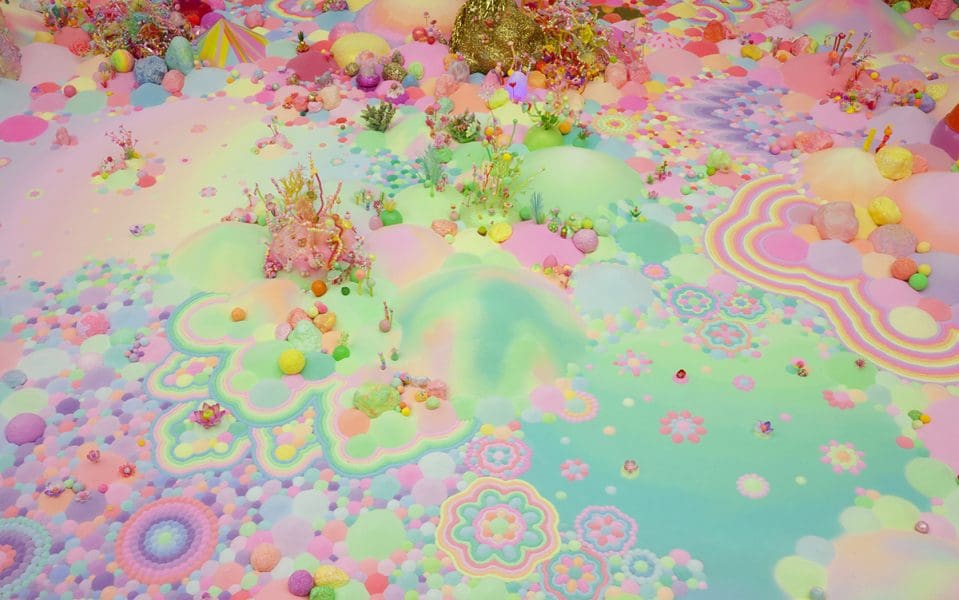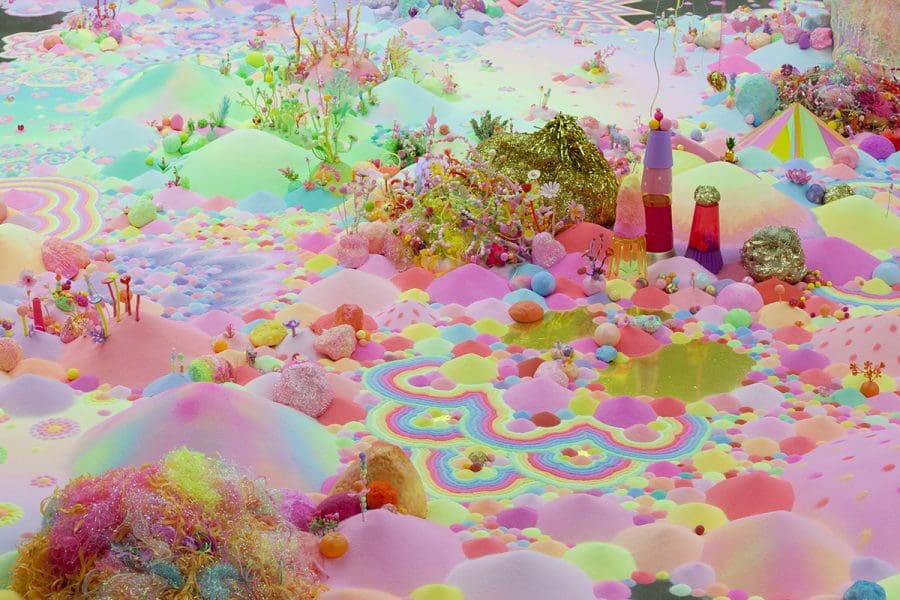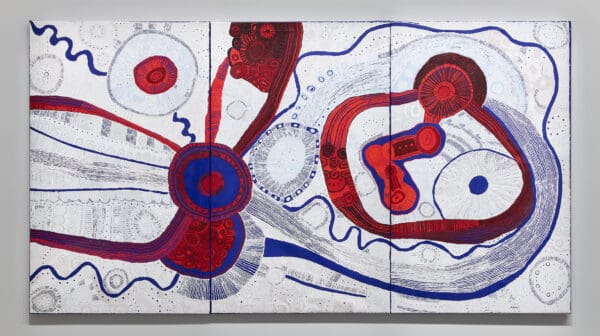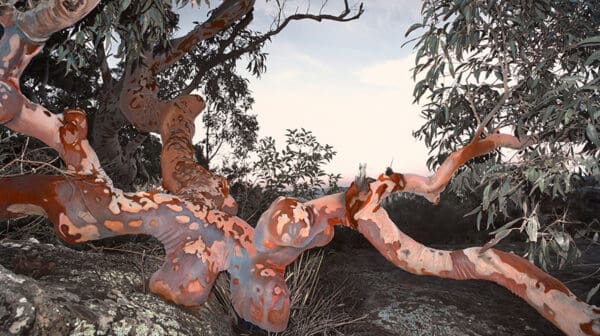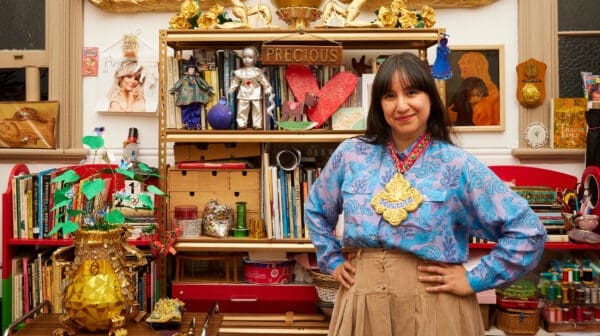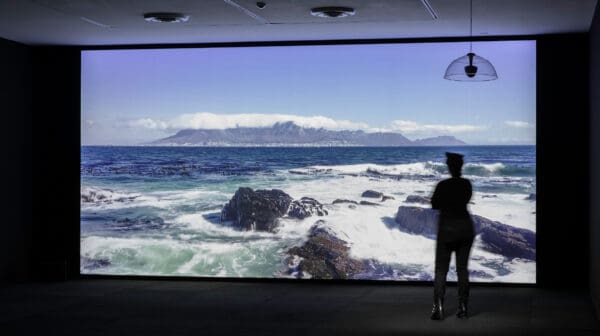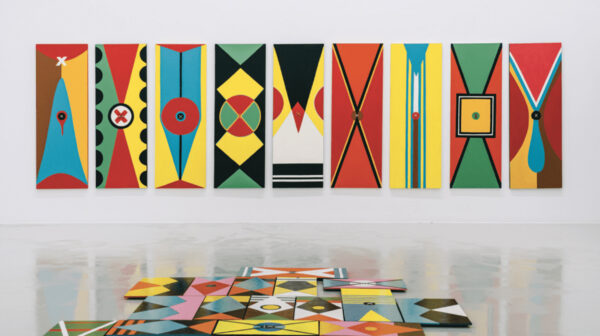
Shelf Portraits: Yuriyal Bridgeman’s monograph grapples with representing community-engaged practice
In our ongoing series, Shelf Portraits, Art Guide writers recommend the books—recently published or deserving of more attention—that shed new light on an idea that has long simmered in the art world or has helped them see a familiar medium in a different light.



